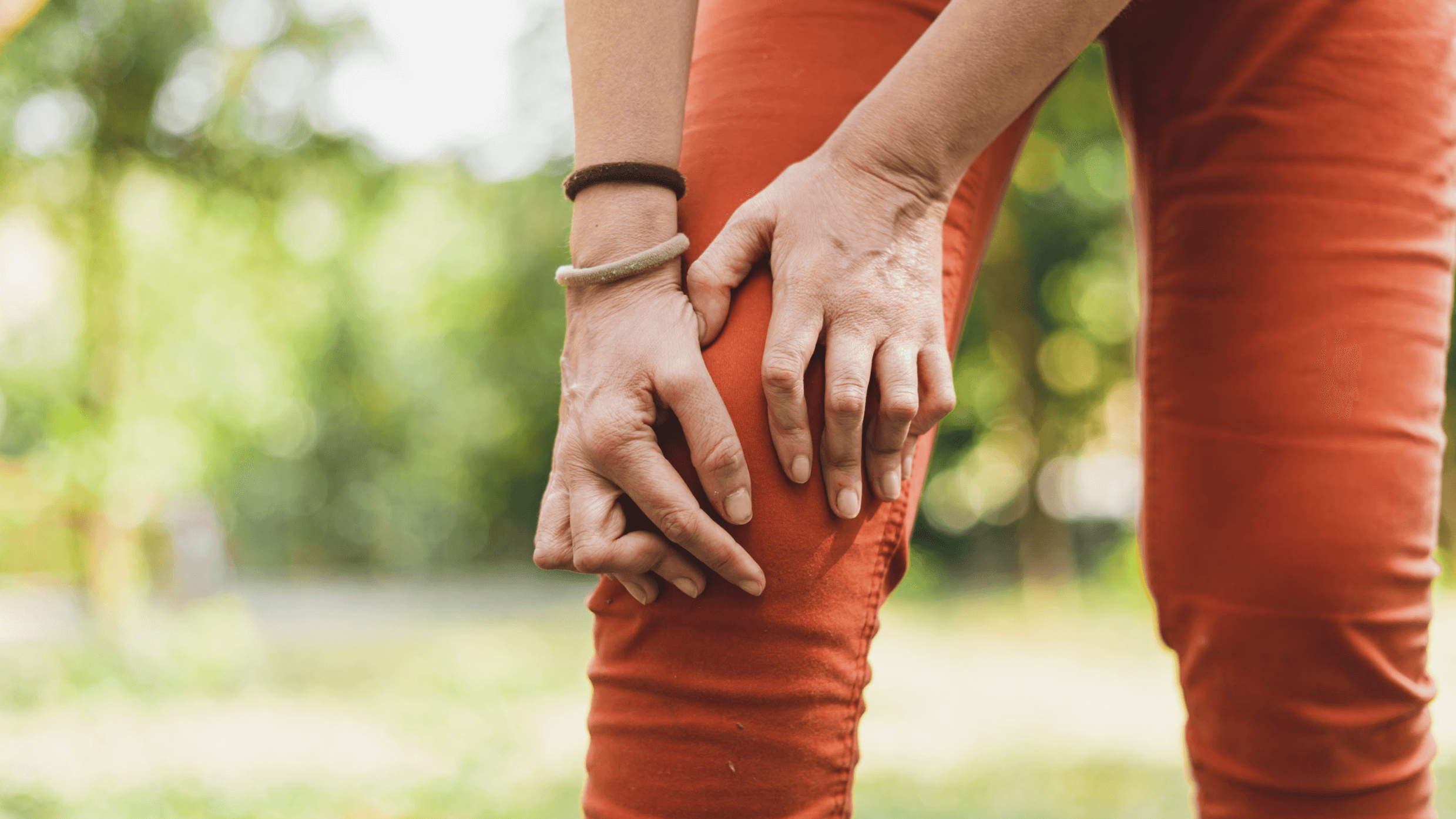Home / Orthopedic Blog / Can PRP Therapy Help With Chronic Knee Pain?
Can PRP Therapy Help With Chronic Knee Pain?
By: Our Medical Team | October 7, 2021

If you experience stiffness, swelling, or frequent pain in one or both knees — you’re not alone. As many as 30% of Americans suffer chronic knee pain at least once a month. Chronic knee pain can limit a person’s activity, work, and ability to exercise, and severely affect their overall quality of life. Until fairly recently, treatment options for chronic knee pain were somewhat limited to pain medications, corticosteroid injections, rehabilitation, or surgery.
However, there is another treatment option that can help treat chronic knee pain and knee injuries by accelerating the healing process: PRP therapy. At Southwest Spine & Sports in Scottsdale, AZ, Dr. Michael Wolff or a member of our team has been helping their patients treat chronic knee pain with this revolutionary new therapy that has won praise from pro athletes to people with osteoarthritis.
To learn more about how PRP therapy can help with your chronic knee pain, keep reading.
What are the most common causes of chronic knee pain?
Chronic knee pain is a pain in one or both knees that is long-term and includes shooting pain when in use, swelling, dull aches, burning, or sensitivity. There are a number of causes of chronic knee pain, including:
-
Osteoarthritis
-
Tendinitis
-
Bursitis
-
Rheumatoid arthritis
-
Meniscus tears
-
Health conditions (obesity, diabetes, gout, etc.)
-
Overuse (work, exercise)
-
Wear and tear associated with aging
Many people with chronic knee pain may find relief with rest, over-the-counter pain relievers, or wearing a knee brace. However, for people with severe chronic knee pain, these may not help — and more people are turning to PRP therapy for treatment.
What is PRP therapy?
Rather than injecting a steroid into the knee to reduce pain and inflammation or using invasive surgery to repair structures in the knee, PRP therapy uses the body’s own blood to heal itself. PRP stands for platelet-rich plasma, which is the liquid part of your blood. Largely composed of water and proteins, this plasma also contains platelets. These platelets, also known as thrombocytes, are a key factor in the body’s healing process and the creation of blood clots.
At Southwest Spine & Sports in Scottsdale, AZ, our PRP therapy process starts with Dr. Wolff drawing a portion of your blood and separating the red and white blood cells from the plasma using a centrifuge. This platelet-rich plasma (PRP) can then be drawn up into a syringe and injected into the target knee using ultrasound or fluoroscopy guidance to deliver it to a precise location to improve healing, reduce inflammation, and address pain.
How can PRP therapy help with chronic knee pain?
The three most common factors that increase your risk for chronic knee pain are athletic activity, prior knee injuries, and age. With all three, the structures in your knee have been weakened, damaged, or worn down. PRP therapy works to rebuild the internal structures and reduce pain by:
- Accelerating the body’s own healing process
- Enhancing tissue rebuilding
- Improving blood flow
- Reducing inflammation
- Speeding recovery time
PRP therapy has been shown in clinical studies to be an effective natural alternative to invasive surgery and steroid injections with great benefits in the treatment of soft tissue injuries, especially for people with chronic knee pain.
Get relief for chronic knee pain with PRP therapy
With PRP therapy, you have a natural alternative to healing your knee pain rather than invasive surgery, taking pain relievers that can harm your liver, or getting steroid injections. If you’re in the Scottsdale, AZ area and are living with chronic knee pain, contact Southwest Spine & Sports to learn more about PRP therapy and schedule a consultation with Dr. Michael Wolff. You could get long-term reduction in your knee pain and inflammation with a PRP therapy treatment today.
TAGS


